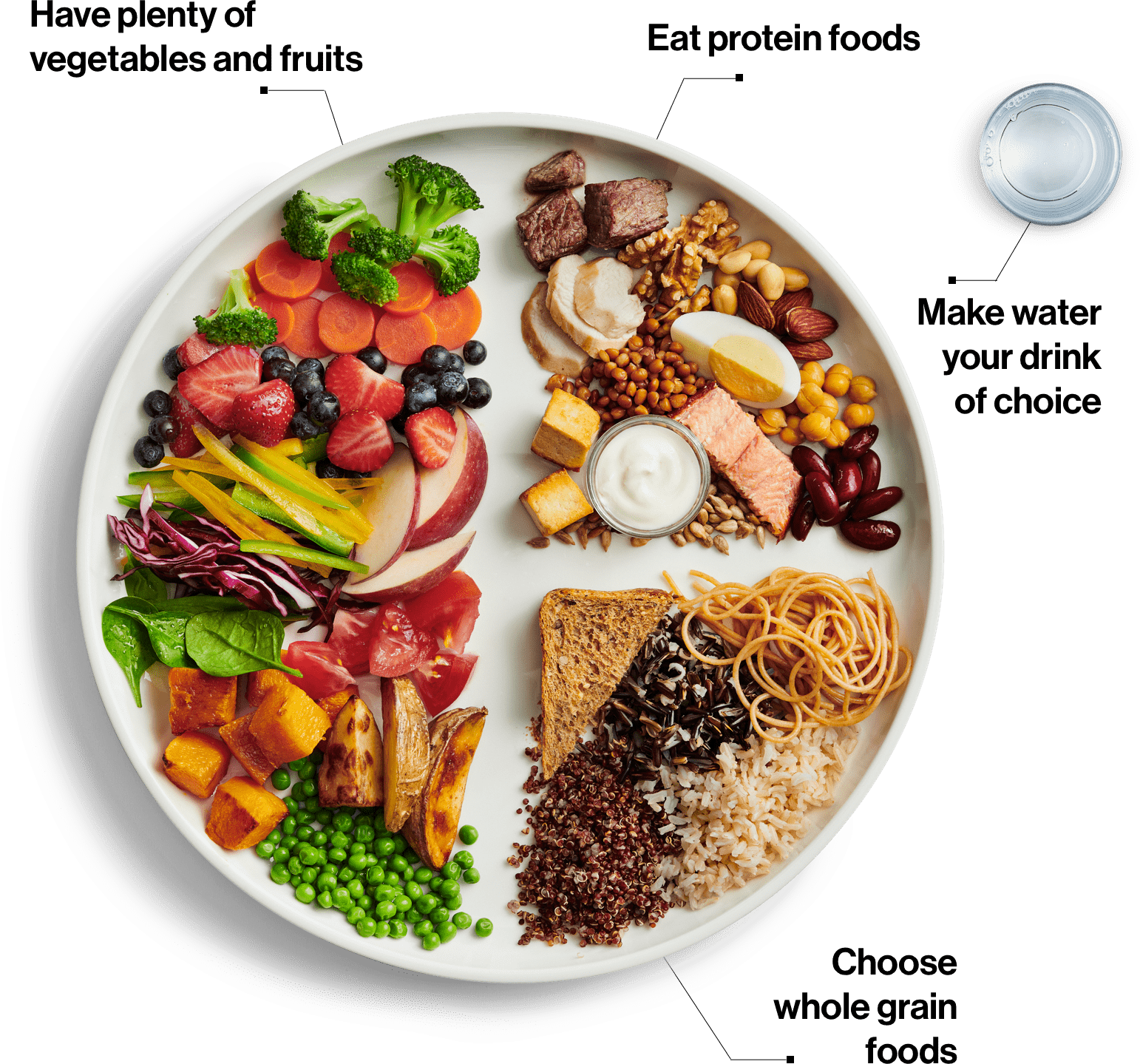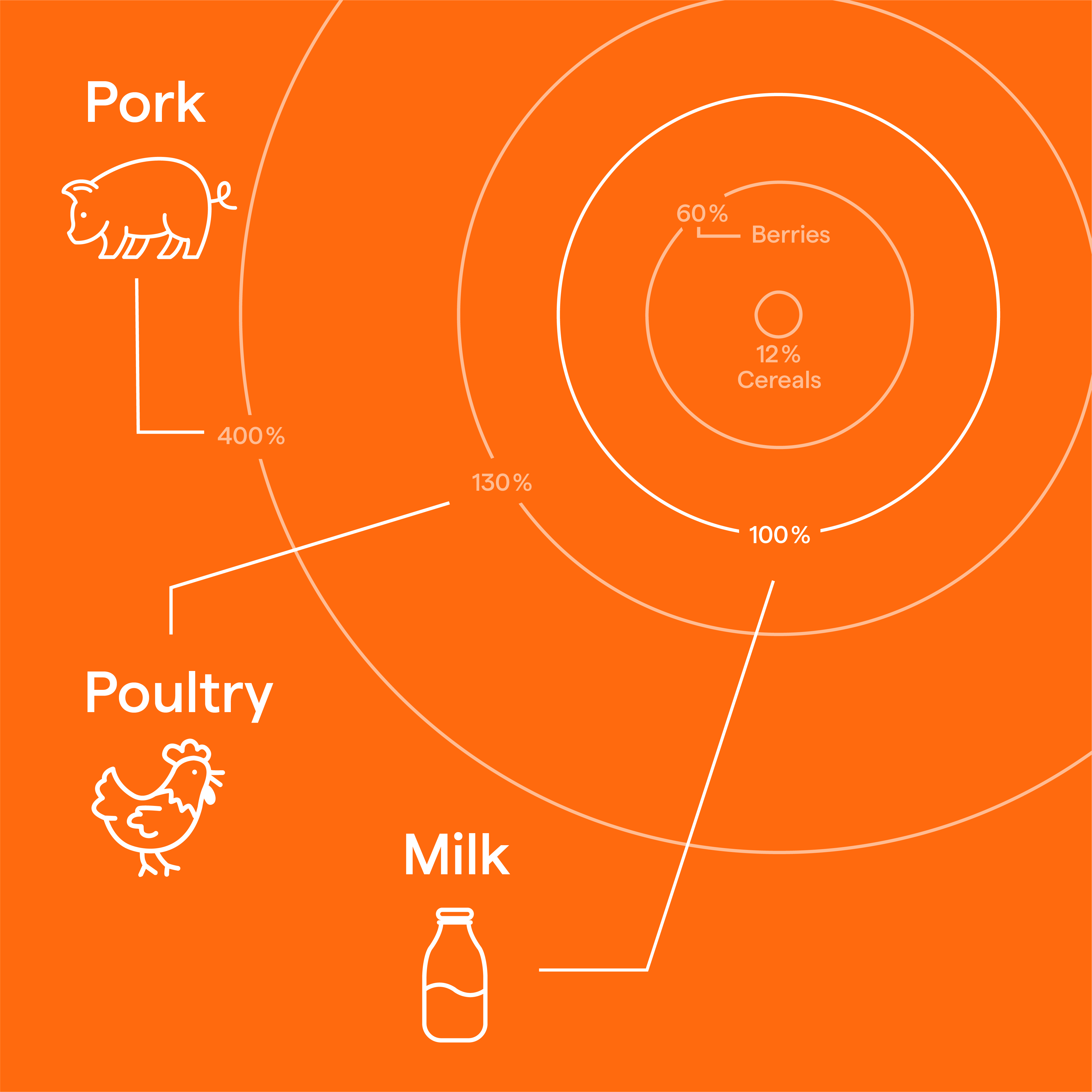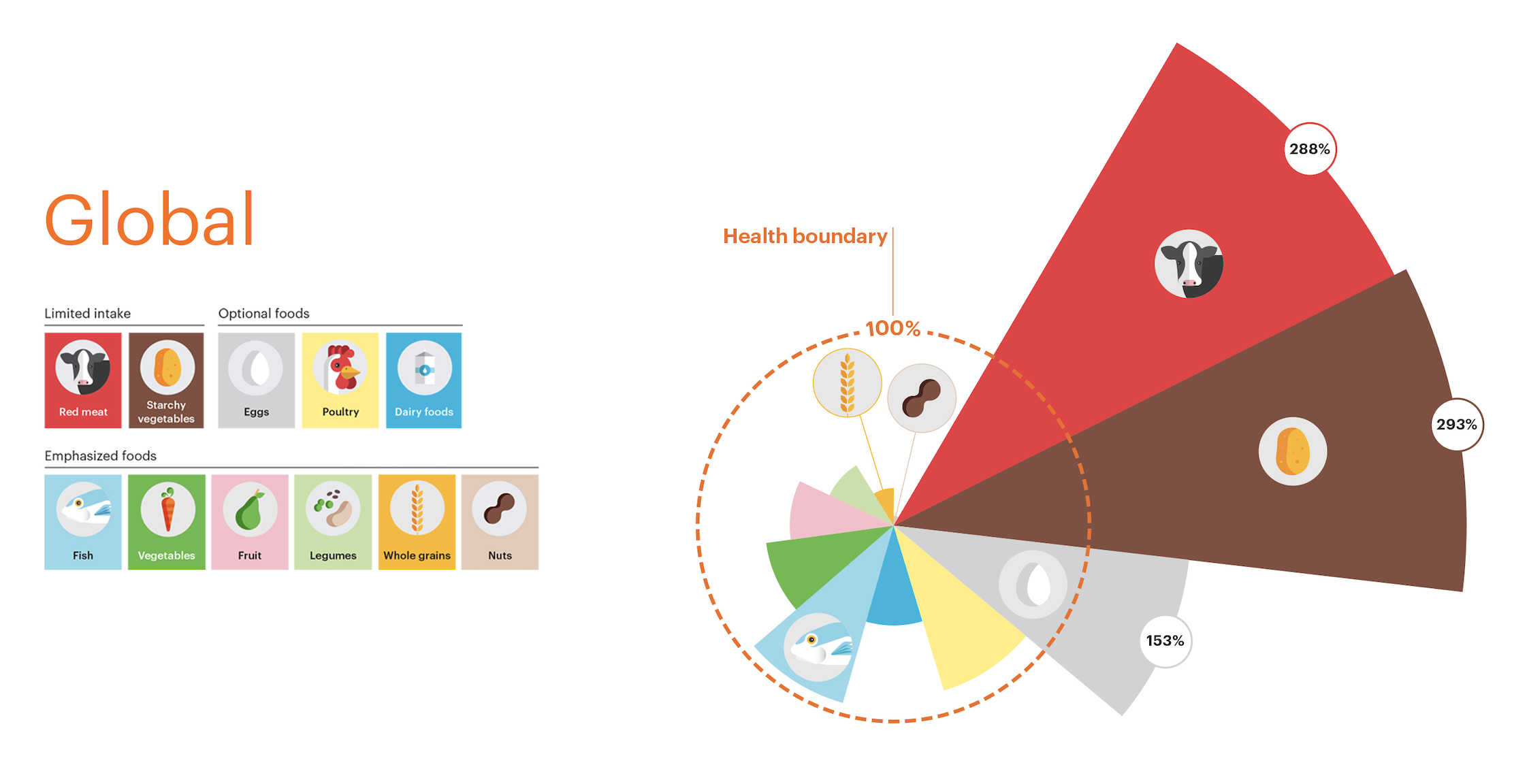Published on
How will we be able to healthily feed a future world population of 10 billion people within the limits of our planet? Experts agree that a focus on healthy food autonomy would allow us to achieve this goal, while reconciling human health with that of the planet.
In concrete terms, the way forward involves all stakeholders in the food system, from soil to plate.
What is healthy food autonomy?
Healthy food autonomy is based on a comprehensive transformation of our food system that would make us more resilient and enable us to feed our entire population in a healthy manner, at both the local and global levels. Food production and supply are being severely threatened by climate change and by geo-political conflicts, such as the war in Ukraine.
Healthy food autonomy is based on healthy, locally produced food, cultivated with sustainable agricultural practices that respect the planet, and that meet the nutritional needs of the entire population.
It involves a collective shift towards sustainable diets, where the global consumption of fruit, vegetables, nuts and legumes will need to double while the consumption of other foods, such as red meat and sugar, will need to be reduced by more than 50%. Eating increasing amounts of plant-based foods and fewer animal-based products also provide health and environmental benefits.
Both producers and consumers must play an important role in this transition.
How do we achieve healthy food autonomy?
From an agriculture perspective, in addition to farming practices that are beneficial to soil health and supported by the Sustainable Agriculture Plan, we must ensure that a greater diversity of healthy food is produced locally. In other words, the food that we are supposed to be eating must be the same as the crops that are in our fields. This is a cultural and environmental transition, and it will be a challenge for our farmers!
For consumers, the best advice is to opt for food that:
is local and in season;
is essentially plant based;
is healthy and nutritious, and therefore not overly processed;
avoids waste and packaging; and
is good for us!
Canada's Food Guide is a great tool to help us transform our food system, demonstrating the way towards sustainable diets.

Quebec vegetable crops to (re)discover in order to help achieve healthy food autonomy
Which crops have the power to help transform our food system into one that is sustainable, feeds the entire population in a healthy manner, preserves the environment and adapts to the impacts of climate change?
Mostly crops that you are already familiar with - fruits, vegetables, legumes and nuts. The key is simply to source them locally and when they are in season. For example, Quebec tomatoes in the summer, root vegetables in the winter and apples all year round.
But some additions to our diet, such as rye, flax, dry beans, camelina, broad beans, yellow peas, lentils, buckwheat, soybeans, and naked oats can even have very beneficial effects on soil health when grown in rotation with other crops. Some innovative farmers are already diversifying with these crops, which can be found in many stores.
Where are we at in Quebec and in Canada?
Food autonomy
Quebec is self-sufficient with respect to animal products such as milk, eggs and poultry because production is controlled to meet domestic demand. Apart from these products, our status varies widely from one product to another. In the case of pork, for example, which has been developed to target export markets, we produce four times more pork than the Quebec market demands.
By contrast, we average around 12% for grains, 60% for small fruits, and our vegetable supply is heavily dependent on imports between December and June. So there is definitely still room to produce more of our food locally!

However, it’s crucial that local food production be healthy. Équiterre is concerned by the Quebec government’s productivity-oriented vision for food autonomy. In 2022, the Quebec government's plan to increase food self-sufficiency translated instead into investments in productivity, large, energy-intensive greenhouses and support for the processing of ultra-processed foods (UPFs).
Healthy diets
A recent study shows that 48.3% of the Canadian population's daily caloric intake comes from ultra-processed foods, which can ultimately lead to chronic disease.
How is it that we’re eating so much unhealthy food? It’s largely due to a lack of knowledge about the nutritional value and also because of pricing. And according to a 2020 Léger poll, 3 out of 4 Quebecers perceive local food as being healthy, which is not always the case.
The EAT-Lancet Commission Summary Report clearly illustrates this dietary gap between current consumption in North America and a sustainable diet. Our overconsumption of animal products is evident, particularly red meat, poultry and eggs, while our consumption of plant proteins remains minimal.

However, there are statistics to show that a shift is occurring toward diets that are more aligned with the principles of healthy eating. In Canada, 26% of the population claim to be flexitarians (i.e. they limit their meat consumption, without being exclusively vegetarian), 35% eat little or no meat, and there was an increase of 58% in the consumption of plant proteins in Quebec between 2004 and 2015.
To help support this movement, it is important that consumers be informed about their options to help them move towards a diet that is healthier for them and for the planet!
A commitment by everyone to consume foods grown in Quebec will help encourage a better supply of locally grown crops, in order to help make the necessary shift toward healthy food autonomy.
RELATED RESOURCES
Tout savoir sur l'alimentation durable (French only)



